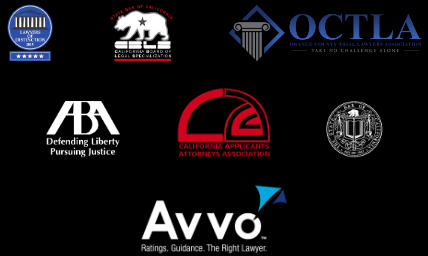Factors that help determine settlements in slip and fall cases
Slip and fall accidents are very common. The reasons are manifold: one can slip due to a slippery or wet floor or it can be the result of negligence. Depending on how serious the injury is, some slip and fall cases may give the injured person the right to seek compensation from the employer or owner of the place. For the employer to be liable to provide compensation for the injury and pain, the injury has to be major.
A few things are taken into consideration in the case of slip and fall accidents. It is important to determine whether the accident happened merely because of the plaintiff’s negligence or if it was a result of the employer/owner/company’s negligence. Sometimes, the injured may have somehow raised the likelihood of the accident for which the accused would then not be liable to compensate the injured person.
Negligence is defined as an attitude of disregard towards a possible danger or injury. The plaintiff could be at fault. Sometimes, people are somewhat reckless and not cautious enough.
It could also be the result of disregard on behalf of the owner who has failed to take preventive measures. In a slip and fall case, poor lighting, absence of warning signs and limited visibility determine the extent of negligence. The plaintiff is supposed to prove that the accident happened because of the defendant’s clumsiness or carelessness.
The defendant can, however, argue that the cause of the accident was there to serve a legitimate purpose. The plaintiff then has to prove that the cause of the accidents was no longer in use when the accident occurred.
The owner of a place or a property is usually liable for slip and fall cases unless he/she has some insurance. In such cases, the insurance company assumes the liability. In some states, the settlement is not awarded to the plaintiff even if there is a slight contribution in the accident from the plaintiff’s side.
Sometimes, in cases of partial negligence, the extent of the settlement is reduced to a certain degree. If the injury takes place in a restricted area or if the injury was a result of the plaintiff ignoring an obvious warning sign, the settlement is also reduced.
Slip and fall injuries range from minor cuts or bumps to even fatal accidents. Slip and falls may result in neck and back injuries, and even slipped disks. In severe cases, the injured may lose the ability to work. Slip and falls also include head injuries, severe pelvic injuries and torn tendons or ligaments. Severe head injuries may cause traumatic injuries to the brain.
General compensatory damages for slip and fall cases include the compensation for pain and suffering, mental anxiety and loss of companionship. If the accident causes a major loss for the plaintiff, for example, loss of sight, then the plaintiff receives special compensatory damages. Special compensatory damages include medical bills, attorney fees, cost of future medical services and household bills etc.
It should be kept in mind that regardless of the extent of the injury, there is always a chance for compensation. A personal injury attorney should be contacted as soon as possible. That way, they can establish whether they have a case.








